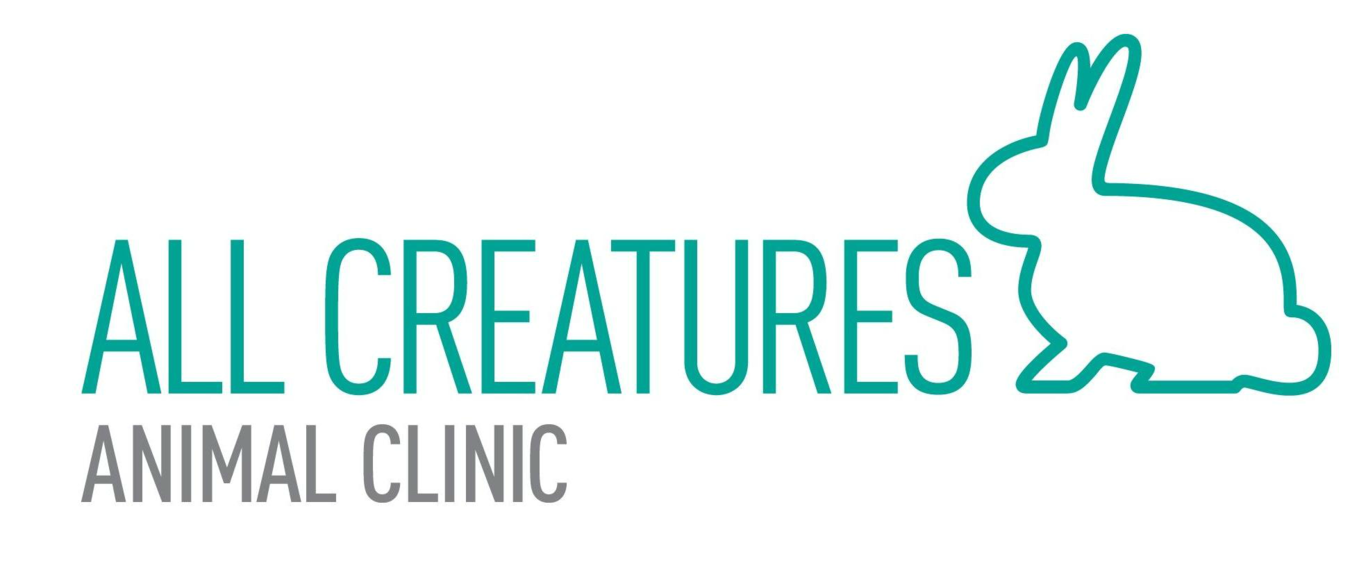WHAT TO FEED YOUR CAT
CHOOSING A FOOD
There are hundreds of brands of cat food to choose from, so picking the right food for your cat can be overwhelming. The most important factor is to see how your cat responds to any food that you select. Does your cat like the food? Is your cat at a healthy weight? Does your cat have regular, well-formed bowel movements? There are numerous high-quality foods to choose from. Some of the companies that conduct extensive research on their food and generally provide good results are Hill's Science Diet, Royal Canin, Iams/Eukanuba, and Purina.
We recommend that all cats receive at least 50% of their calories from wet food. Problems from long-term dehydration are very common in our cats. Preventing dehydration in cats is one of the most important things we can do for their long-term health.
Many prescription cat foods are available through veterinarians that can help address common medical conditions such as dental tartar, arthritis and obesity. We have had excellent success with a prescription diet that helps reduce dental tartar (Hill’s T/D or Royal Canin Dental Diet) as a maintenance diet for our healthy adult cats. If you elect to feed your cat a non-traditional or home-cooked diet, please consult with a veterinarian to help make sure that you are meeting all of your cats' nutritional needs.
KITTENS
We recommend using a kitten food until 8-10 months of age. Offer a variety of foods, including wet food to ensure that your cat is willing to accept more than just one thing. Make sure that your kitten has access to food at least 3 times per day if they are younger than 4 months old. Kittens younger than 6 weeks require special care- call immediately for advice if you are raising a very young kitten away from mom!
ADULT CATS
Adult cats should receive an adult cat food. An “all life stages” food is just a kitten food in disguise and is not appropriate for adult cats. Measure the total amount of food that your cat gets per day with a measuring cup to ensure that they are not getting too much. If they act hungry all the time, switch to a low calorie diet and feed them several meals frequently. You can use automatic feeders to give small portions through the parts of the day when you are gone. It is ok to start with the recommended feeding amount that is indicated on the bag or can of food, but always adjust this amount based on their body condition.
Water bowls should be available in several locations in the house and should be changed daily. Keeping cats well hydrated is vital for their long-term health. Some tricks that help encourage cats to drink extra water include circulating water fountains, small amounts of tuna juice diluted with water and wet food.
The Body Condition System is a way to gauge if your pet is overweight, underweight or at an ideal weight. Your pet is given a score out of 9, with the ideal BCS being 4-5/9. When a cat is at ideal body condition, you will see a tuck up at the abdomen from the side and a tuck inward from above, but you will not see hip bones or ribs. Both malnutrition and obesity can lead to serious health conditions.


